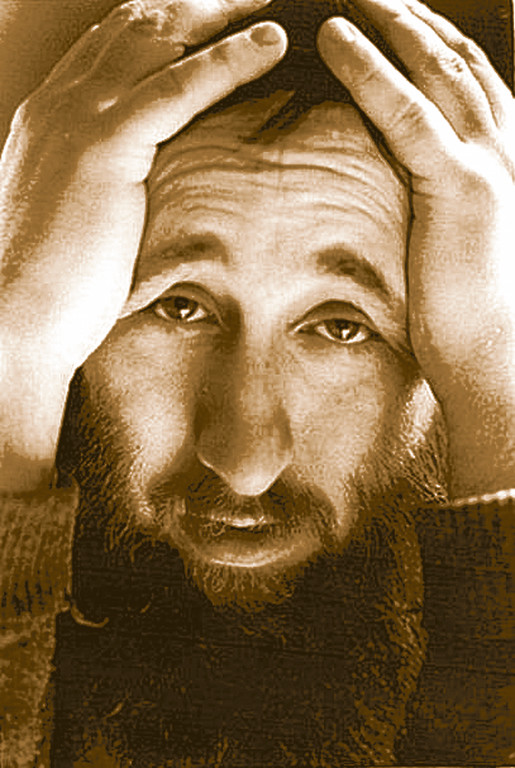Sukkot: Singing in the rain!
Now that the High Holidays are behind us, what’s a Jew to do? Feel blessed, renewed, and collapse from the glorious work of praying, fasting, then eating lox during the break fast to bloat us to Pesach.
I have a better idea. Put the prayer books down, and pick up a hammer! For those of you who may not be familiar, it’s the long wooden thing attached to another metal thing meant for hocking things into things.
Sukkot is upon us. It’s a huge transition from one of our most solemn holidays to one of our most joyous when we commemorate two things: history and agriculture. Historically, we build sukkahs to remind us of the 40 years we wandered in the desert living in whatever our Yiddishe kops could fashion for shelter. It is also a celebration of the harvest.
Back to hammers. When it comes to Famous Jewish Construction Workers, it’s a thin book. If you took a body count in a Home Depot you’d won’t find many Jews getting excited over things called ratchets. Yet, in the spirit of our ancestors, although they probably used rocks to bang with, we are called upon to DIY our sukkahs. After all, if they could wander for 40 years in sand, we can survive a trip to a hardware store, perhaps even cutting four 4x4 poles and four 2x4 boards, then finding bolts, drop cloths, D-rings, and curtain hooks.
More, this is our time to commune with nature. (Yes, an allergy pill is allowed.) As Jews do nothing like anyone else; just when the sun-seekers are leaving the beaches to the driftwood, leave it to us to get close to nature and rain. This, to fulfill the commandment, sekhakh, that requires the top of our sukkah be loose so the rain can get in and the stars can be seen.
Growing upon in Manchester, England — where every human comes with an attached umbrella — our sukkah felt especially wet. Inevitably, during Sukkot the rains not only came but resembled mini-monsoons. Of course, given that this year the holiday is so early we may actually not drown or freeze in our sukkah in New York.
Climate and topography make a difference. Sukkot marks the start of the rainy season in Israel — alevai! Rain in Israel’s desert is a very big deal in the Holy Land. And at the climax of Sukkot, on Shmini Atzeret, we begin the year’s prayers for rain.
Here are a few droplets on the relevance of water to this holiday, all of whose symbols touch water, itself the symbol of life:
•During Sukkot, the simchat beit hasho’eva (the festival of the drawing of water) (Sukkah 5:1) was held in the Temple.
•For the mitzvah of the Four Species, we take only moist branches and fruits. The Mishnah notes that if any individual species is dry, it is unacceptable (Sukkah 3:1-5).
•Tradition requires that the sukkah’s roof of foliage must allow rainwater to penetrate it.
But there is more. Sukkot is great fun for the children; dwelling in the Sukkah satisfies a child’s desire to camp out in the backyard.
Oh, the colors! Sukkot is green, indicated by the colors of the Four Species (including the Etrog, which ripens from green to yellow) and of the green branches covering the sukkah, and of Israel’s lush, green, rain-drenched winter landscape.
As a rabbi, I say delight in the greenery and the rains. After the high of the High Holidays, seeing the joy of nature in the hand of G-d can sustain us during the stiff months of winter. And, yes, a hammer will help. I recommend you get one, my friends.

 51.0°,
Overcast
51.0°,
Overcast 




